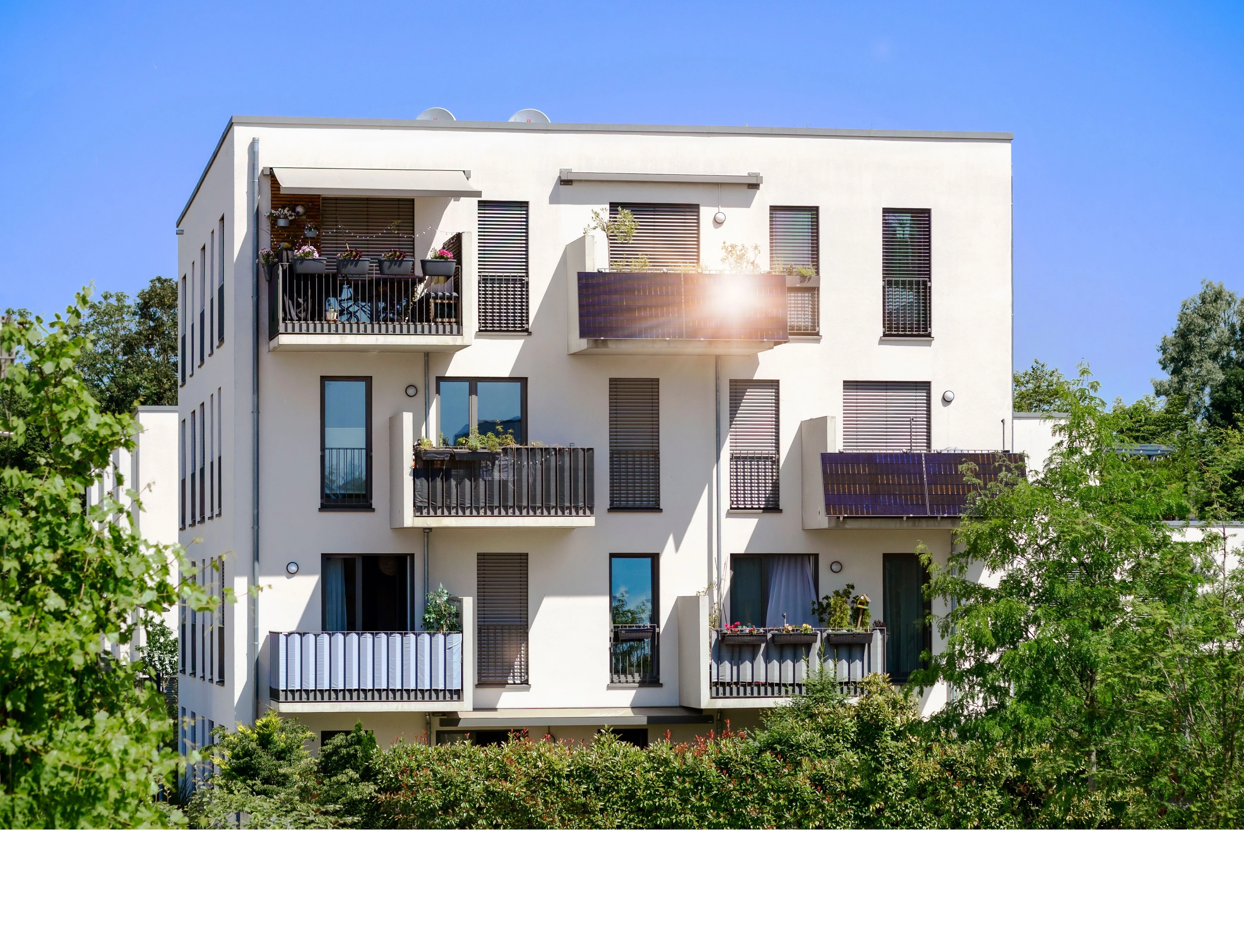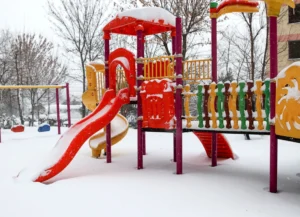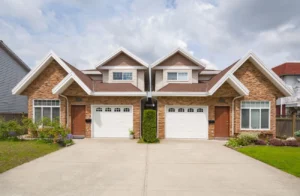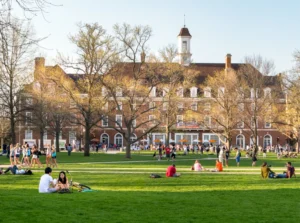Trends to Watch in 2026 and Beyond

The Future of Multifamily Real Estate
The multifamily real estate sector stands at a pivotal moment. While headlines often focus on luxury developments and cutting-edge new constructions, the real opportunity lies in the often-overlooked middle ground: Class B properties. These assets, built primarily between the 1980s and early 2000s, represent the backbone of America’s rental housing stock and offer compelling investment prospects for the years ahead.
As we approach 2026, several key trends are reshaping the multifamily landscape. For investors focused on Class B properties, understanding these shifts isn’t just beneficial—it’s essential for staying competitive in an evolving market.
The Great Affordability Crisis Creates Opportunity
Housing affordability has reached critical levels across the United States. The National Apartment Association reports that the average rent burden now consumes nearly 30% of median household income, with many markets exceeding this threshold significantly. This crisis has created a massive opportunity for Class B properties.
While Class A properties command premium rents that increasingly push middle-income renters out of the market, Class B assets occupy the sweet spot of affordable quality housing. These properties typically offer 20-30% lower rents than their luxury counterparts while providing the essential amenities modern renters expect.
The demographic driving this trend extends beyond traditional renters. A growing segment of former homeowners, priced out of homeownership by rising mortgage rates and property values, now represents a stable tenant base for quality Class B properties. These renters often stay longer, maintain properties better, and provide more predictable income streams for investors.
Value-Add Opportunities Reach New Heights
The value-add potential in Class B properties has never been more attractive. Unlike Class A properties that arrive fully optimized, Class B assets often contain significant upside through strategic improvements and operational enhancements.
Modern renters expect certain baseline amenities, even in mid-tier properties. Smart investors are capitalizing on this by implementing targeted upgrades that dramatically improve both tenant satisfaction and rental income. These improvements don’t require luxury-level investments but focus on practical enhancements that matter most to tenants.
Unit-level improvements like updated appliances, modern lighting fixtures, and improved flooring can justify rent increases of $100-200 per month. Common area upgrades such as fitness centers, co-working spaces, and enhanced security systems create additional value while building community among residents.
Technology integration represents another significant value-add opportunity. Property management software, smart home features, and mobile-friendly resident portals can reduce operational costs while improving tenant experience. These improvements often pay for themselves within 18-24 months through increased rents and reduced turnover.
Get a Free Multifamily Loan Quote
Access Non-Recourse, 10+ Year Fixed, 30-Year Amortization
Sustainability Becomes Non-Negotiable
Environmental sustainability has moved from nice-to-have to must-have status in multifamily real estate. However, sustainability in Class B properties looks different from the LEED-certified developments dominating Class A markets.
Energy efficiency improvements offer the most immediate returns for Class B properties. Simple upgrades like LED lighting, programmable thermostats, and improved insulation can reduce utility costs by 15-25% while making units more attractive to cost-conscious renters. These improvements often qualify for utility rebates and tax incentives, improving overall investment returns.
Water conservation measures present another opportunity. Low-flow fixtures, drought-resistant landscaping, and smart irrigation systems reduce operational costs while appealing to environmentally conscious tenants. These improvements typically require minimal capital investment but provide ongoing operational savings.
Solar installations have become increasingly viable for Class B properties, particularly in sun-rich markets. While the upfront investment is substantial, federal and state incentives combined with reduced electricity costs create attractive payback periods. Some investors are partnering with solar companies to minimize upfront costs while capturing long-term benefits.
Remote Work Reshapes Tenant Preferences
The permanent shift toward remote and hybrid work arrangements has fundamentally altered what renters seek in their living spaces. Class B properties are uniquely positioned to capitalize on these changing preferences.
Space has become the new luxury. While Class A properties often prioritize high-end finishes in compact layouts, Class B properties typically offer more square footage per dollar. This additional space allows renters to create dedicated home offices, a feature that has become essential rather than optional.
Location preferences have also shifted significantly. The premium once commanded by downtown Class A properties has diminished as commute frequency decreases. Class B properties in suburban and secondary urban markets now compete more effectively, offering better value propositions for remote workers seeking space and quality of life improvements.
Reliable internet infrastructure has become as important as reliable plumbing. Class B property owners who invest in high-speed internet capabilities and dedicated co-working spaces within their properties can command premium rents while reducing tenant turnover.
Demographic Shifts Create New Opportunities
The rental market is experiencing significant demographic changes that favor Class B properties. Millennials, now in their peak earning years, represent the largest cohort of renters. However, unlike previous generations at similar life stages, many millennials remain renters by choice rather than circumstance.
This demographic values experiences over possessions and prefers flexibility over ownership responsibilities. They seek quality housing that doesn’t consume excessive portions of their income, making Class B properties ideal. These renters often stay longer than younger demographics while demanding higher quality than older rental generations.
The growing senior rental market presents another opportunity. As baby boomers downsize from single-family homes, many choose to rent rather than purchase smaller properties. These renters typically have stable incomes, longer lease terms, and lower maintenance requirements, making them ideal tenants for well-maintained Class B properties.
Technology Integration Without the Premium Price Tag
Technology adoption in Class B properties doesn’t require the massive investments seen in luxury developments. Smart property management systems can streamline operations, reduce costs, and improve tenant satisfaction without breaking budgets.
Automated rent collection, maintenance request systems, and digital lease signing reduce administrative costs while providing the convenience modern renters expect. These systems often pay for themselves within months through reduced staffing needs and improved efficiency.
Security technology offers particularly strong returns in Class B properties. Keyless entry systems, security cameras, and intercom systems can justify rent premiums while reducing liability and turnover costs. These features are increasingly expected by tenants but don’t require luxury-level investments.
Market Fundamentals Remain Strong
Despite economic uncertainties, the fundamental drivers supporting multifamily real estate remain robust. Housing formation continues to outpace new construction, particularly in the affordable and mid-market segments where Class B properties compete.
Supply constraints in many markets have created artificial scarcity that benefits existing properties. While new Class A construction garners attention, the economics of developing Class B-equivalent properties have become challenging, protecting existing assets from competitive pressure.
Interest rate volatility has actually strengthened the position of Class B properties. As financing costs increase, the lower basis typically associated with these properties creates more resilient cash flows compared to highly leveraged luxury developments.
Looking Ahead: Strategic Considerations for Investors
Success in the Class B multifamily sector requires understanding these trends while maintaining focus on fundamental investment principles. Properties in strong job markets with diverse economic bases will continue outperforming those in single-industry towns or declining markets.
Due diligence becomes even more critical as competition increases. Understanding local regulations, potential environmental issues, and infrastructure needs can make the difference between successful investments and costly mistakes.
Partnership strategies may become more important as individual investors compete with institutional capital. Joint ventures, opportunity zones, and creative financing structures can help smaller investors access deals previously dominated by larger players.
The future of multifamily real estate belongs to those who recognize that luxury isn’t the only path to success. Class B properties offer compelling opportunities for investors willing to focus on value creation, operational excellence, and meeting genuine market needs.
As we move toward 2026 and beyond, these assets will likely outperform many higher-profile investments while providing essential housing for America’s working families.
The trends reshaping multifamily real estate create a landscape where Class B properties can thrive. Investors who position themselves correctly today will benefit from these demographic, technological, and economic shifts for years to come.
Source: REEP Equity













 Accessibility
Accessibility